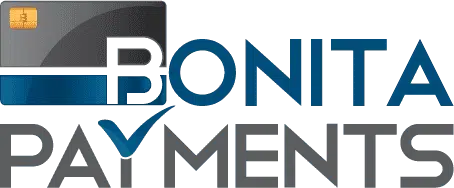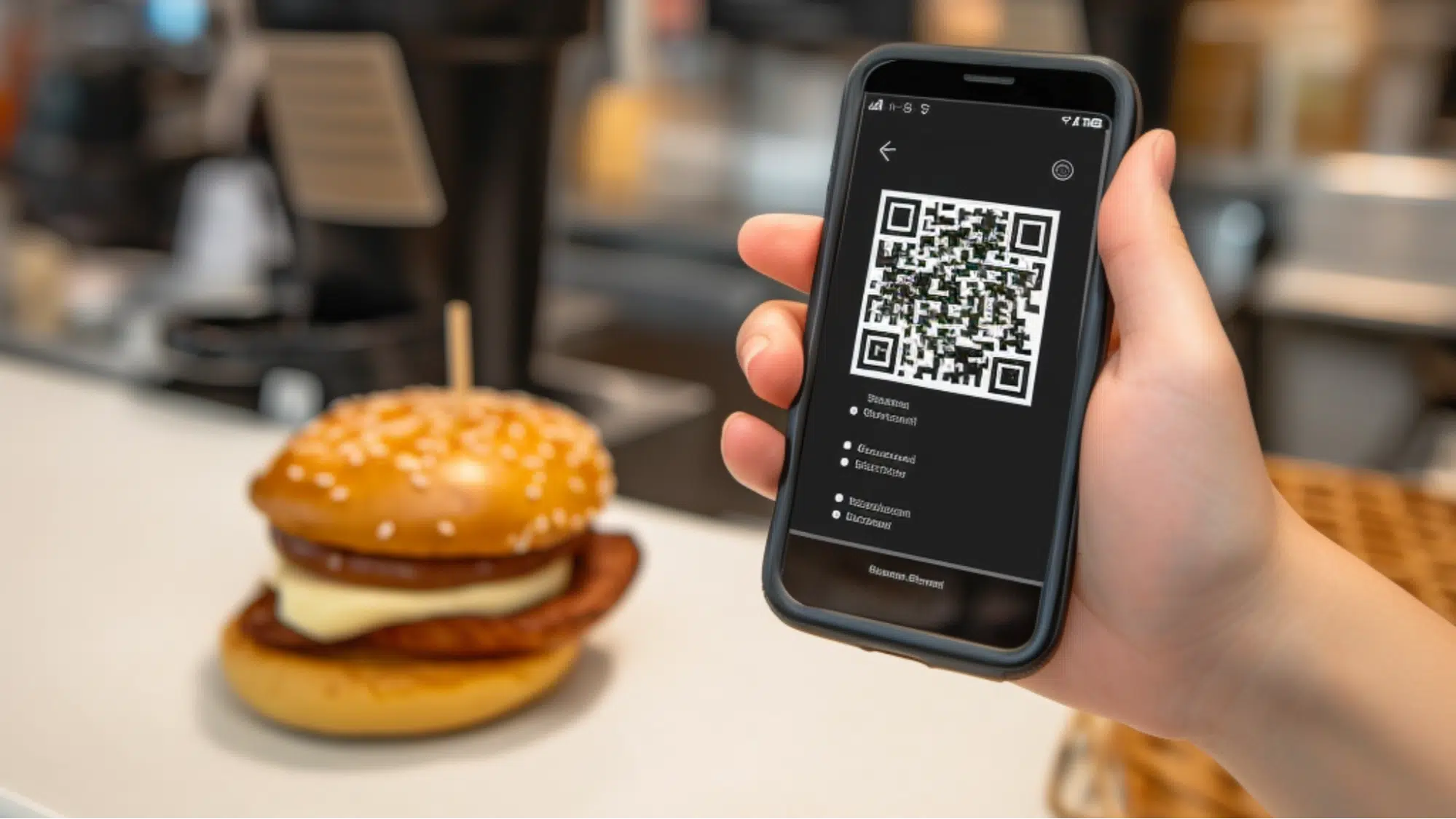Over the last decade, nothing has had a bigger negative impact on the merchant industry as a whole than cash discounting. Not EMV chip cards that slowed checkout lines while merchants were universally fighting those hardware deadlines. Not consumer banks siding with customers and giving free chargeback reign over merchants. Not the annual spring release where the interchange rates move like a dodgeball participant. Not even the new PCI standards that are basically taking money from every merchant with no clear benefits.
Cash discounting has single-handedly placed the traditional merchant processor and the cash discounting advocates into a civil war. For those who aren’t familiar, cash discounting is a practice where business owners set higher prices for their products, then offer a discount to customers who pay with cash, while forcing customers who use a credit card to pay the higher price. The idea that a business owner would pass their cost of credit card processing rates onto an unbeknownst customer is simply wrong.
The Business Practice
Certain costs are part of doing business and should be absorbed into the pricing across the board, not secretly added on top of pricing to penalize certain customers.
Imagine if Starbucks started itemizing a fuel charge on every cup of coffee and placed the charge on the receipt. The backlash would be tremendous. Customers would look down upon fuel companies and that negative press would have long-term damages. Most customers are absolutely willing to pay the cost of doing business with retailers as long as those costs are packaged properly.
What if Fedex offered discounts to customers who pick up packages, in effect charging more to those had packages home delivered? That would also have a negative impact on the way we see fuel.
As consumers, we have a tendency to avoid things that have caused us pain or discomfort. Ever been to Walmart and the checkout lines were too long? The next time youʼll consider buying online to avoid the inconvenience of standing in line. Consumers will come to see cash discounting the same way, opting to choose businesses that don’t penalize them for how they choose to pay.
Businesses Should Take a Business Approach
The two and a half percentage points from a credit card fee is the cost of doing business with plastic commerce – period. Every merchant should add that cost into their business model and accept the tremendous benefits of a higher quality transaction and a statistically safer transaction.
While cash is supposed to be more profitable, it can pose serious problems and the benefits are just not worth the risk. Between theft, human error, trips to the bank or having a money transport service charge you for pick ups, it’s just not worth it when (Visa, MasterCard, Discover or American Express) will safely get the money into your bank account minus fees in 1 to 2 days.
The Payment Expert aka Disrupters
So some brilliant payments’ mind decided to introduce the idea of passing the credit card fee onto the customer even though this is strictly against all of the merchant cardholder agreements. Because the language wasnʼt very clear, a loophole was drilled, so herein lies the chaos. We all know any law left open to interpretation, multiplies the chances for confusion.
Cash discounting does more than just pass the fee onto the customer. It hikes rates for customers toward 4% or more in most cases. This new revenue stream has given the cash discounting advocate a much higher area to make money. With greed and no ethics, this small window has sparked urgency all over the merchant space with total panic in place and no safe landing zone on the horizon.
Will the card types protect the industry and their brand value, or will they let this misbehaving kid destroy several decades of practice? Only time will tell.






